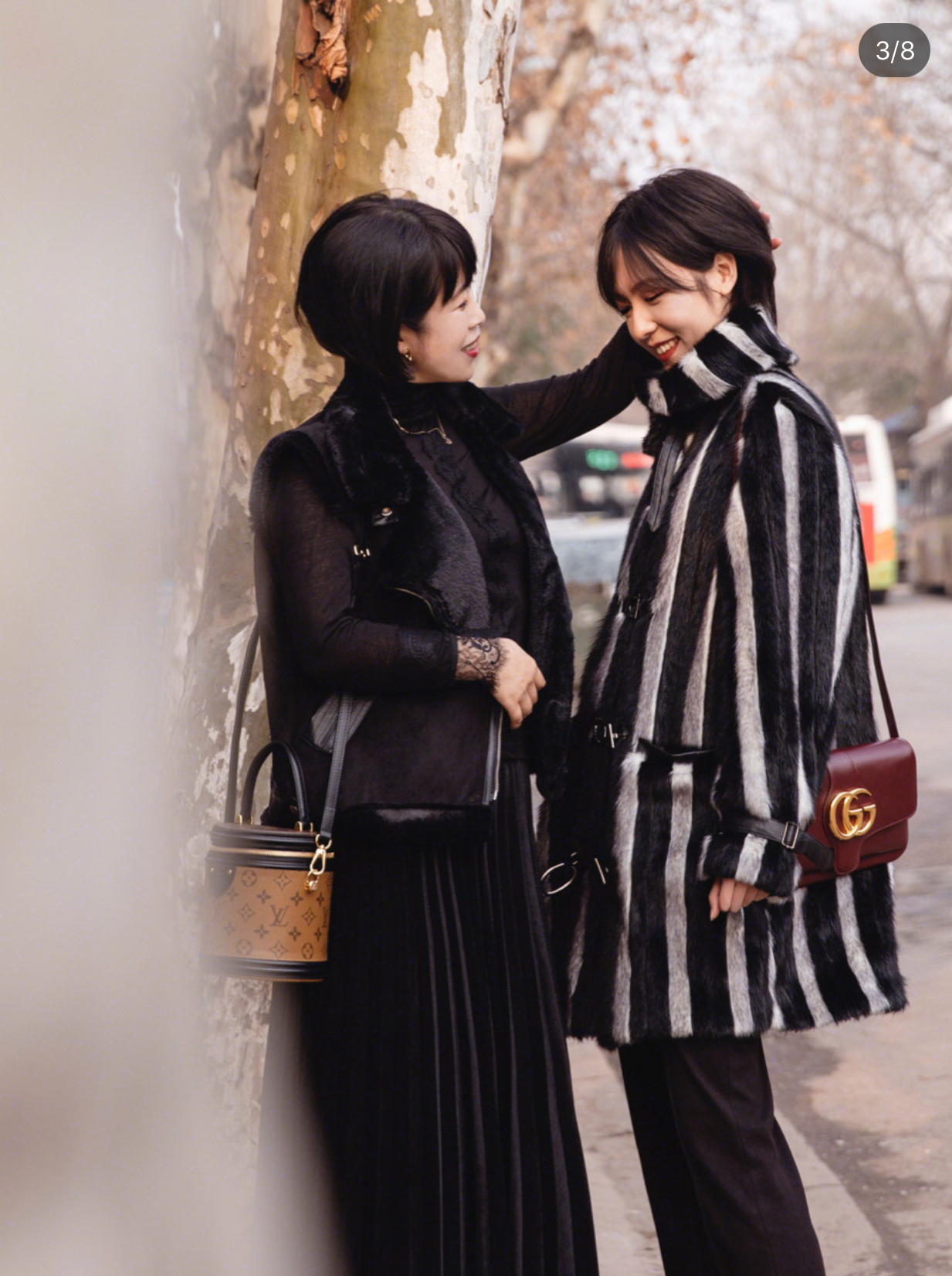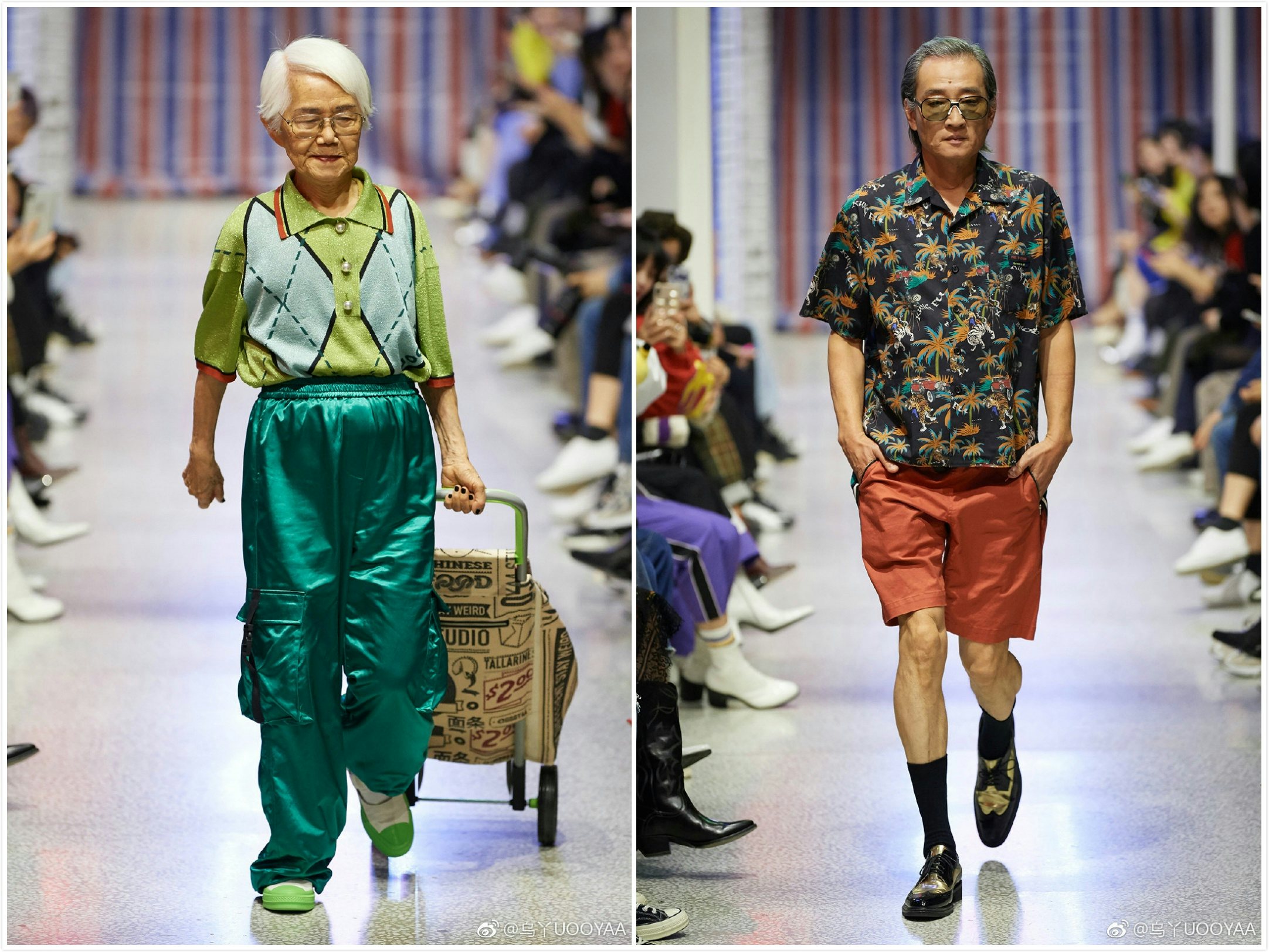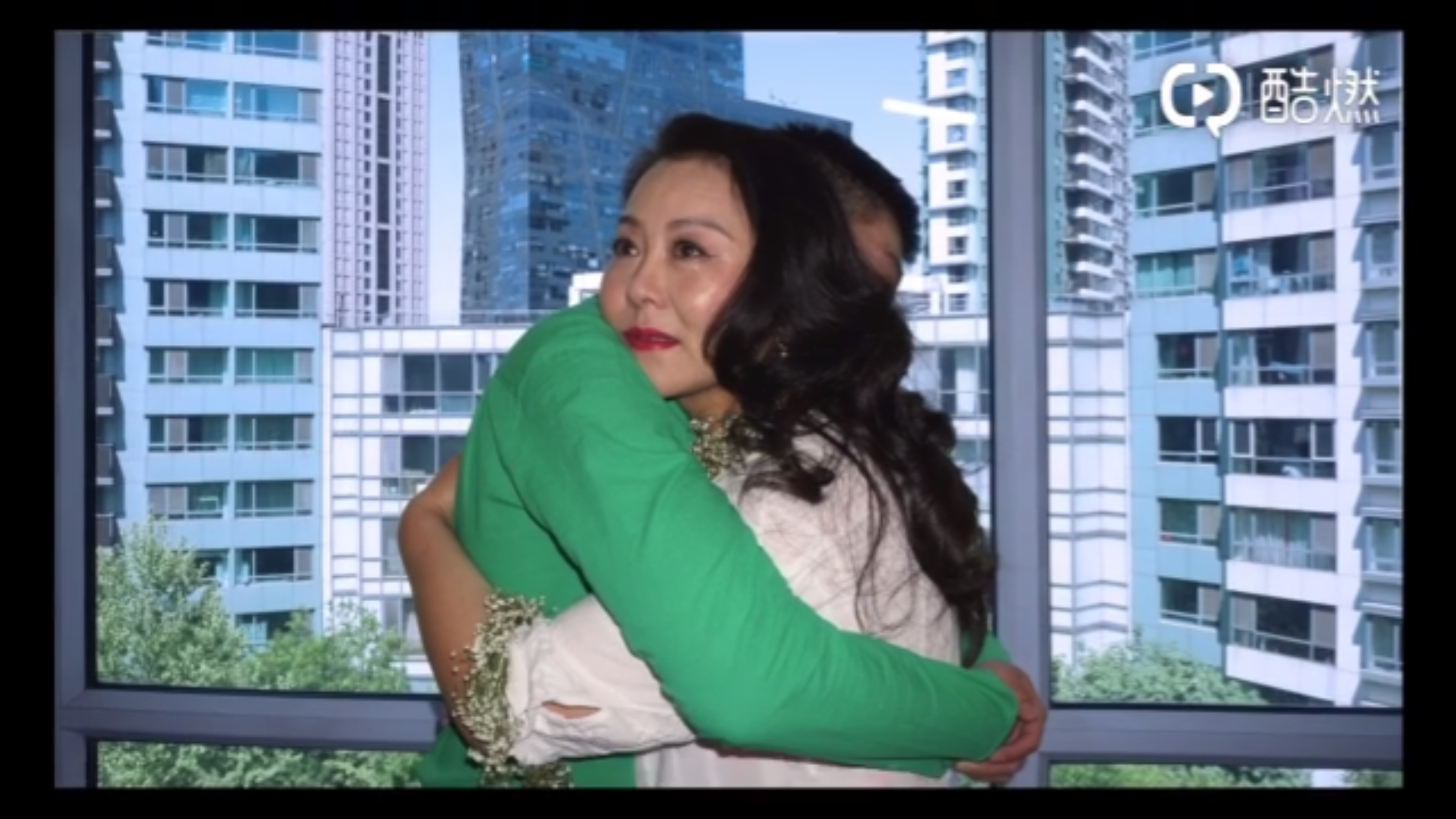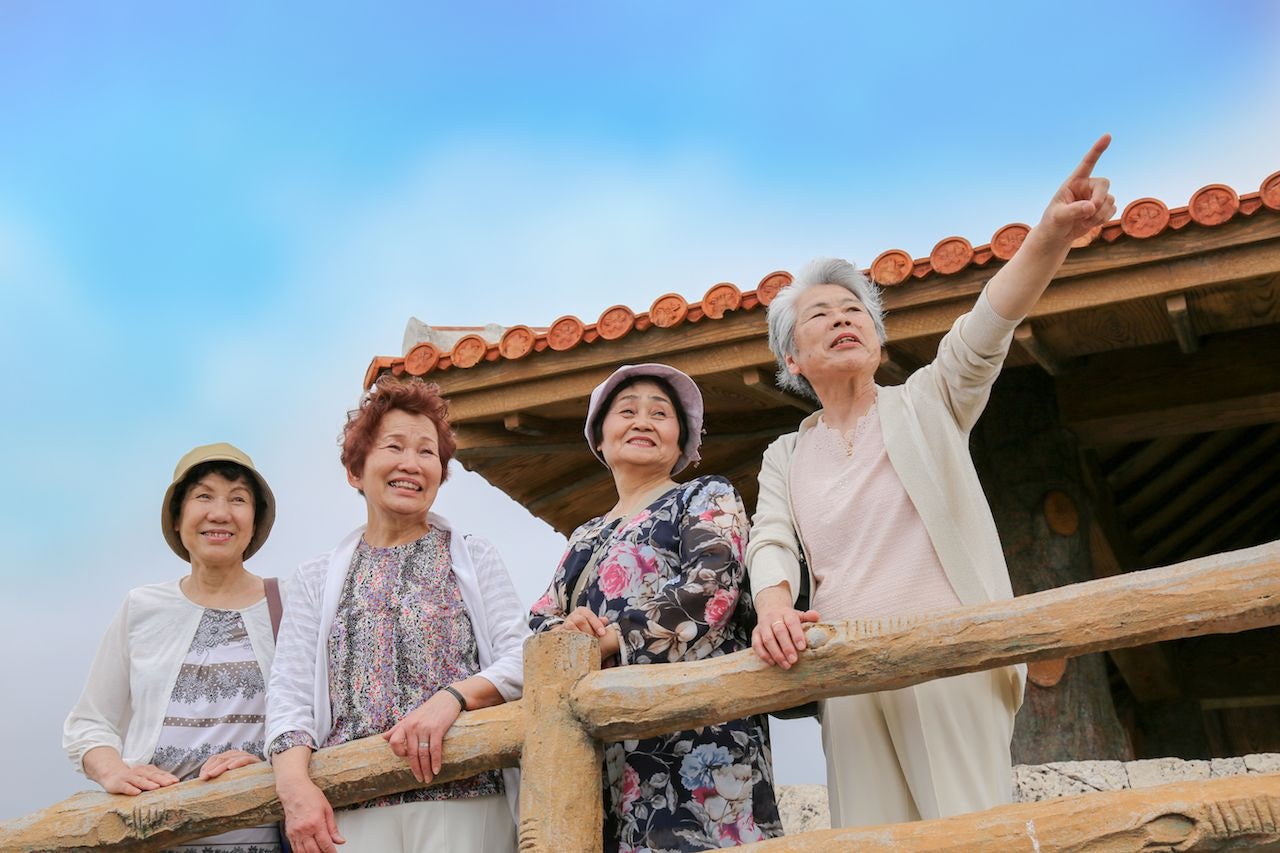China’s post-90’s Millennials and Gen-Zers came of age in a quickly-developing and economically-open country with access to the latest global trends and information via the Internet and global travel. But their grandparents were raised quite differently (under the conformity of Mao’s communism) while their parents experienced China’s massive changes during their middle-age years. These young generations are also different in that many were raised as single children and received a lot of attention — but also pressure — from their elders. Because of these and other factors, China now owns one of the greatest societal and generational gaps in the world.
The family has always been a key pillar of Chinese society going back to the values of Confucianism, but today’s young people in China find it hard to express themselves to older generations with different views. They feel more autonomous than older generations: they go after the careers they want, purchase the products they desire, travel where they want to, and digitally connect to all their interests. In short, Millennials and Gen-Zers crave freedom, but family and societal pressures can make real communication with their parents difficult.
But those issues are starting to change. Recent trends on Chinese social media networks are showing a strong desire from both children and parents to reconnect and share more with each other. News and shopping are certainly ways that family members can connect digitally, but here are three other social media trends that are fostering family bonding in China right now:

Sharing Fashion Family Street Shoots#
The first interesting trend on Chinese social media is the emergence of family picture shares on platforms that are guided by fashion KOLs. Younger Chinese generations have begun buying trendy clothes with their parents as a creative way to show off their family’s style online. While it might seem silly, it helps children bond with their parents over something they can sometimes agree on — great fashion.

But this trend isn’t just limited to parents. Some of China’s only children were raised by their grandparents while their parents were at work, and these young adults adore them. That’s why many are eager to show their appreciation via social media via fashionable pictures. Running with this trend, the Chinese designer brand UOOYAA invited elderly people to model for their SS19 collection, proving that fashion has no age limit and that members of the oldest generation can also be trendy.

Valorizing Family Beauty#
Another online trend receiving a lot of buzz is sharing old family pictures online to memorialize the beauty of previous generations. Younger generations are interested in showing their resemblance to their parents, or older family members, by posting pictures of them at the same age in similar poses/styles. It’s a good way to pay a tribute to their parents’ beauty and how they’re grateful for the ‘good genes.’
Young people in China are also sharing old school, anti-aging beauty routines from their Chinese moms, as mothers play an essential role in the beauty education of their children. Presented as ageless beauty icons by their kids, fashionable mothers also offer a certain “status” to young people who want to brag about their beauty-conscious lineage.

Pushing forward the family exchanges and communication#
On International Mother’s Day (May 12), the KOL Daghe, with over 6 million fans on Weibo, and who first became famous on the popular debate show “Qipa Shuo,” released a conceptual project with 36 pictures, 3 videos, and a 10-minute documentary about his relationship with his mother on his account. The content focused on the cultural and traditional pressures and lack of freedom that many mothers experience in China while being asked to dedicate their lives to their children, husbands, and households. Through the video, in which his mother is asked to get rid of a lot of heavy and constraining clothes, Daghe wants to symbolically express liberation for his mother by giving her back her freedom as a woman. The video became a hot topic on Weibo, garnering more than 24 million views in only 24 hours.

On the same day, the trendy China youth culture magazine Yoho!Girl, in partnership with the lifestyle shop The Beast, challenged their Weibo audience to share their family chat. The participants were invited to take screenshots of their chat record with their mom and share them on Weibo. The 5 participants with the best content were chosen to win some gift sets for this special day. The contest had more than 532K views.
To better engage with their audience, Millennials and Gen-Zers are starting to switch their digital content from their personal and work lives to their family lives, as it resonates with this new desire to be closer to their family. This urge to reconnect offers new opportunities for brands since this behavior is not only impacting younger generations’ own consumption but also influences their parent’s and grandparent’s lifestyle tastes and shopping decisions.
Therefore, choosing the right content, tone of voice, and impactful pictures is important. It needs to not only to embrace the trendiness of the moment but also to have a bigger sense of understanding of cultural and societal issues. But some brands have had difficulties creating such content. For example, Burberry’s 2019 Chinese New Year campaign that received some strong criticism about their “sad” family photo shoot, which directly conflicts with the trends discussed.
There’s plenty of opportunities for brands to capitalize on this budding trend. By studying what’s happening on Chinese social media and screen-generated content by users and KOLs, brands can then develop smart and efficient marketing strategies aimed at Chinese Millennials and Gen-Zers, and yes, their parents too.
The Chinese Pulse is a creative consulting agency based in Paris dedicated to deciphering trends in the Chinese contemporary markets for fashion, beauty, luxury and lifestyle brands.


